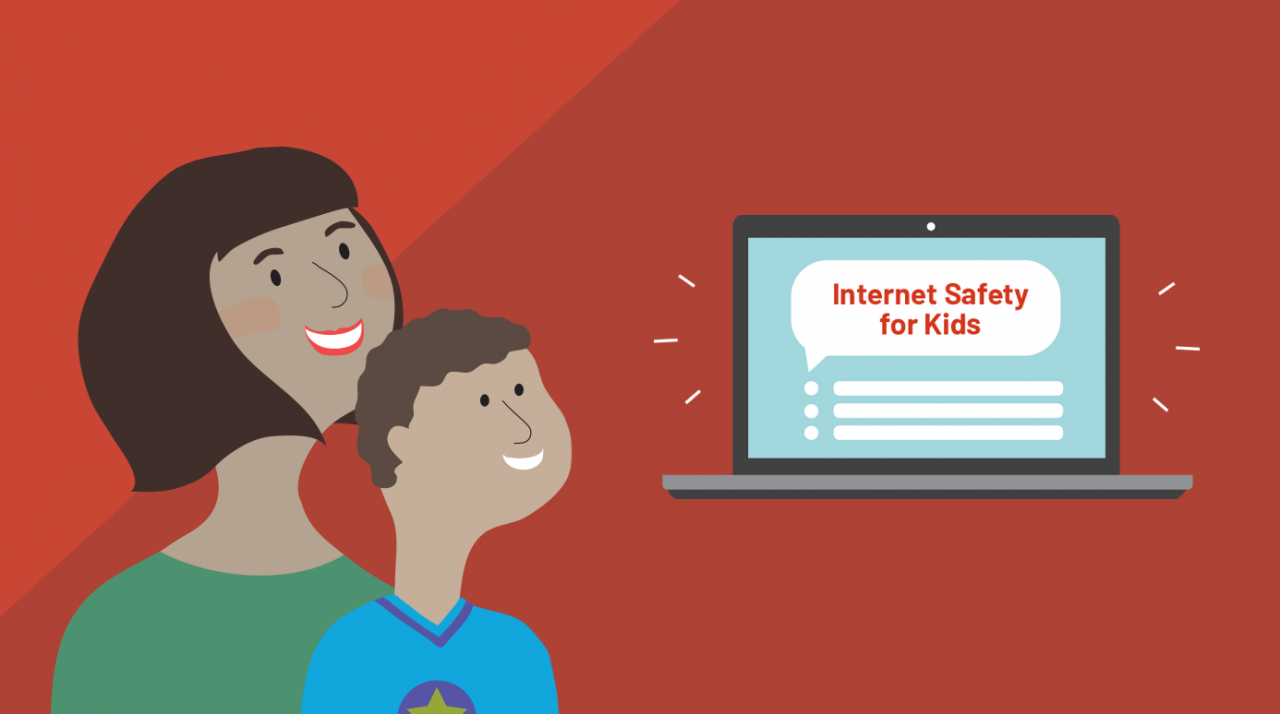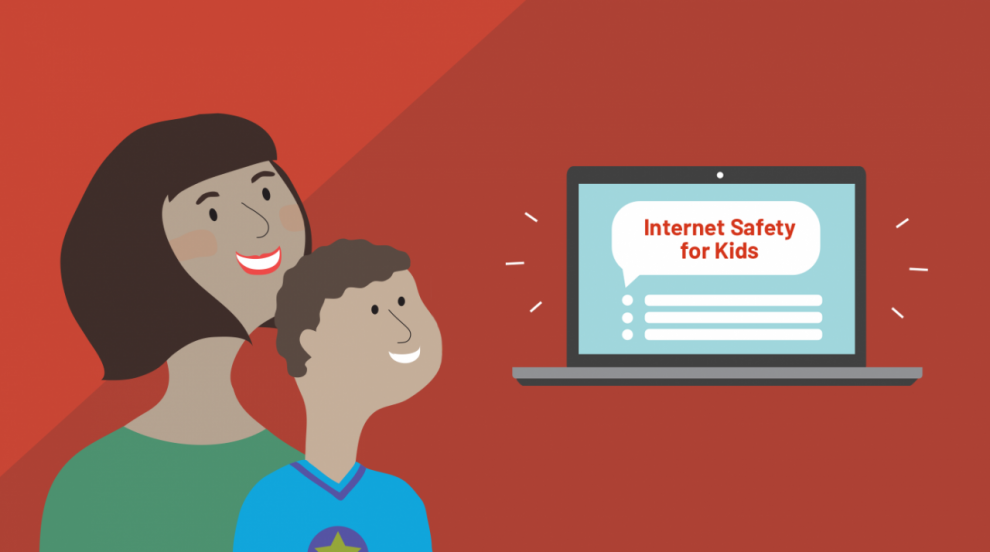
Introduction
In today’s digital age, where the internet plays a significant role in our daily lives, it is essential to educate children about internet safety and ethics. As an editor of an English education website, I aim to provide a comprehensive guide on this topic. This article will explore the importance of teaching kids about internet safety and ethics, the potential risks they may encounter online, and practical strategies to ensure their online well-being. By imparting this knowledge, we empower children to make responsible choices and navigate the digital world securely.
I. The Significance of Internet Safety Education
A. Nurturing Digital Citizens of Tomorrow With technology becoming an integral part of society, educating children about internet safety and ethics is crucial. As they grow up, children will be increasingly exposed to various online platforms, and their ability to navigate them safely will determine their digital citizenship. Teaching children about responsible online behavior instills values that will shape their online presence and interactions.
“The internet is becoming the town square for the global village of tomorrow.” – Bill Gates
B. Protecting Against Online Threats The internet presents both opportunities and risks. It is vital to educate children about potential online threats such as cyberbullying, phishing, inappropriate content, and online predators. By understanding these risks, children can adopt proactive measures to protect themselves and their personal information.
“The challenge of privacy is how to use it, how to keep things private, but be able to participate in the internet.” – Esther Dyson
II. Common Risks and Challenges Faced by Children Online
A. Cyberbullying: Stopping the Digital Aggression Cyberbullying is a prevalent issue that can cause severe emotional distress for children. Educators and parents must teach kids to recognize and respond to cyberbullying effectively. Encouraging open communication and empathy can create a supportive environment for children to report incidents without fear of judgment.
B. Online Predators: Guarding Personal Information Online predators pose a significant risk to children’s safety. Teaching kids to protect their personal information, such as their full name, address, school details, and contact information, is vital. Emphasize the importance of not sharing personal information with strangers online and seeking adult supervision when interacting with unknown individuals.
C. Inappropriate Content: Navigating the Digital Minefield The internet contains a vast amount of content, some of which may be inappropriate for children. Educators and parents should guide children on using content filtering tools and teach them how to identify and avoid inappropriate material. Encourage open dialogue about online content to address any concerns or questions they may have.
III. Practical Strategies for Internet Safety Education
A. Establishing Open Communication Channels Fostering open communication between children, educators, and parents is crucial. Kids should feel comfortable discussing their online experiences and concerns without fear of punishment. By creating a non-judgmental environment, educators and parents can provide guidance and support when needed.
B. Teaching Critical Thinking Skills Developing critical thinking skills is essential for navigating the vast amount of information available online. Educators can teach kids to evaluate the credibility of online sources, distinguish between reliable and unreliable information, and encourage skepticism towards potentially harmful or misleading content.
C. Setting Clear Boundaries and Time Limits Establishing clear boundaries and time limits for internet usage helps children maintain a healthy balance between their online and offline lives. By setting expectations, educators and parents can guide kids in managing their screen time effectively and preventing excessive exposure to potentially harmful online content.
IV. Collaborative Efforts for a Safer Online Environment
A. Partnerships Between Schools and Parents Schools and parents play complementary roles in educating children about internet safety and ethics. Collaborative efforts, such as workshops and seminars, can help bridge the knowledge gap and ensure a consistent approach to online safety at home and in educational settings.
B. Involvement of Technology Companies and Platforms Technology companies and online platforms have a responsibility to prioritize user safety. By implementing robust safety features, content moderation systems, and age-appropriate restrictions, these companies can contribute to creating a safer online environment for children.
Conclusion
As children increasingly embrace the digital world, teaching them about internet safety and ethics is vital. By nurturing responsible digital citizens, protecting against online threats, and adopting practical strategies, we empower children to navigate the internet safely and ethically. Let us collaborate as educators, parents, and technology companies to provide children with the necessary tools and knowledge to thrive in the digital age.
“The power of the web is in its universality. Access by everyone regardless of disability is an essential aspect.” – Tim Berners-Lee
Through a comprehensive internet safety education, we can ensure that the internet remains a valuable resource while minimizing the risks for our children. Together, let’s shape a digital future that is safe, inclusive, and enriching for all.

















